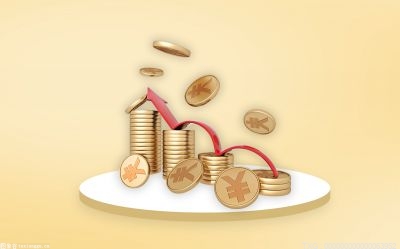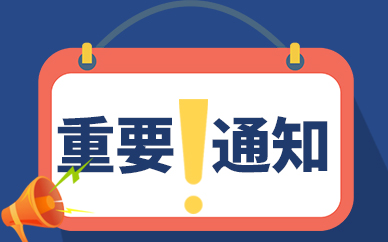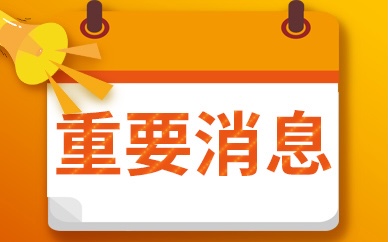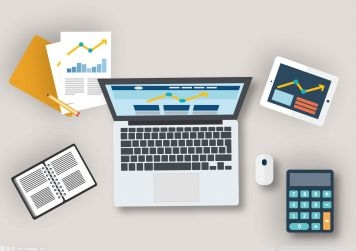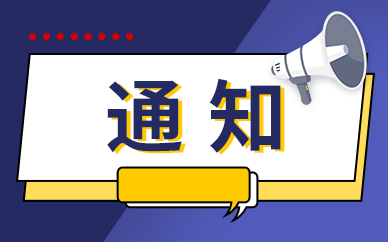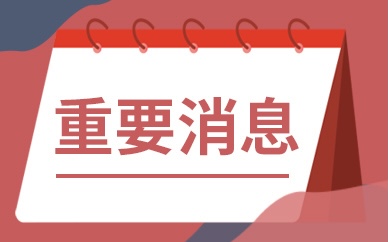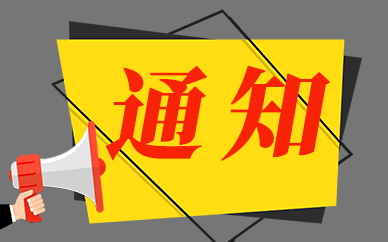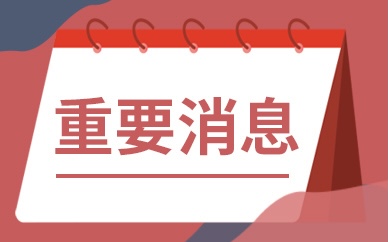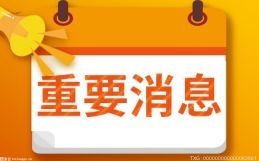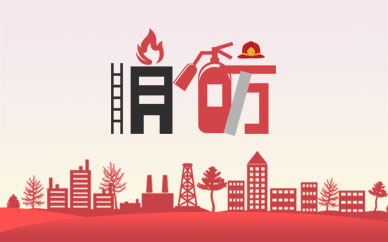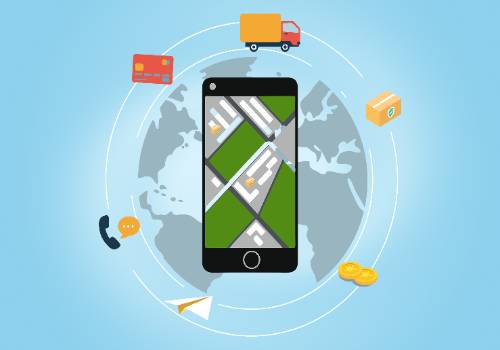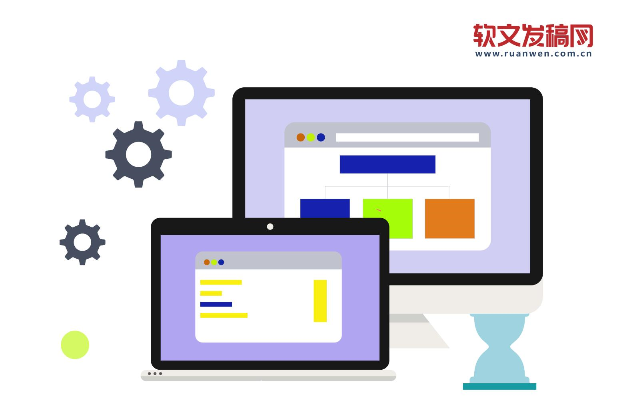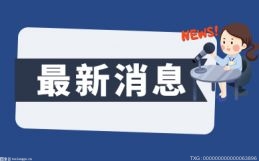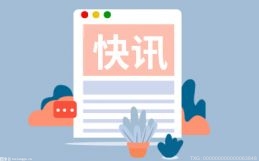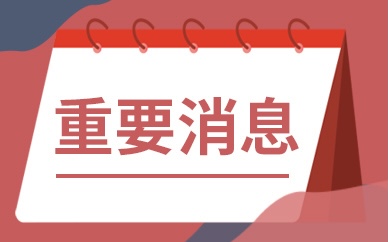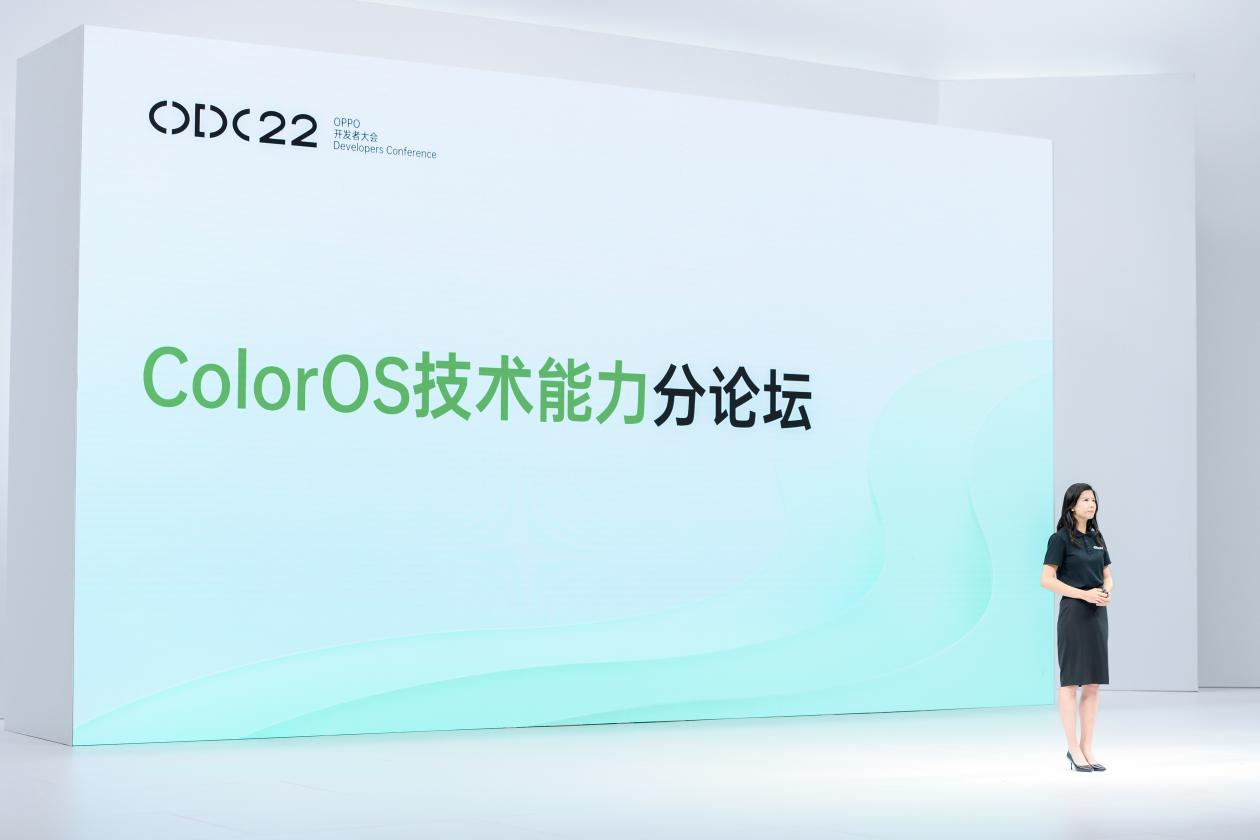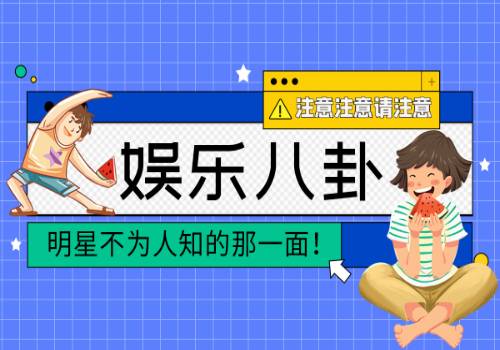With the popularity of smartphones and e-commerce platforms in Southeast Asia, online payment is becoming a new entrepreneurial trend in the region.
In 2021, Southeast Asia"s total population reached 680 million, with nearly 500 million internet users and a high internet penetration rate of 73%. Due to the impact of the pandemic, Southeast Asia"s population is accelerating its shift from offline to online. According to the 2021 Southeast Asia Digital Economy Report jointly released by Google, Temasek and Bain, since the outbreak of the pandemic, six countries, including Singapore, Indonesia, Vietnam, Thailand, Malaysia, and the Philippines, have added 60 million new internet users, and the frequency of users" use of digital services and spending have also increased significantly.
"In the second half of 2021, when the pandemic in Southeast Asia was about to end, we believed that Fintech would usher in new opportunities, so we decided to enter this field." Mocasa CEO Robin Wong told TiPost App that the company received a $7 million A round financing from venture capital firm Bettasman at the end of 2021, focusing on virtual credit card business in the Philippines.
 (相关资料图)
(相关资料图)
According to data from the Philippine Central Bank, in 2021, more than 36 million Filipinos did not have bank accounts and used cash as their main payment method. At the same time, due to the weak infrastructure of its own financial system, credit cards have never been popularized in the Philippines, which has greatly restricted national consumption.
In 2021 and 2022, the GDP growth rates of the Philippines were 5.6% and 7.6% respectively. Social liquidity is increasing, and traditional cash payment methods are no longer able to meet people"s diverse consumer needs. At the same time, the current per capita GDP in the Philippines is about $3,623, equivalent to China in 2009. It was also in this year that China"s state-owned banks began to make efforts to issue credit cards. From 2009 to 2011, the five major state-owned banks issued a total of 154.97 million credit cards, almost double the 85.31 million cards issued by the country"s joint-stock commercial banks.
Unlike the situation in China, although the per capita GDP is still at the level of China in 2009, the Philippines already has mobile internet technology as its foundation, which provides opportunities for Fintech companies that can respond more quickly.
In the past two years, the Fintech track in the Philippines has completed multiple financings. In May 2021, the financial technology company Mynt received a new financing of $300 million; in January 2022, BillEase announced the completion of a $11 million B-round financing, and three months later, it received another $20 million financing; in February, PayMongo completed a $31 million B-round financing.
Unlike most competitors" "installment payment" business, Mocasa is engaged in virtual credit card business. The former is more inclined to personal credit, similar to Alipay"s Jiebei; while the latter is mainly inclined to users" daily consumption scenarios, similar to Alipay"s Huabei, providing users with payment tools.
"Compared to personal credit products, Mocasa"s road will be more difficult," said Robin Wong. In addition to doing risk control for credit business, virtual credit card business also needs to pay attention to users" payment experience and enable users to successfully pay money to merchants" accounts. These are the two core capabilities that Mocasa must simultaneously take into account, while other competitors only focus on risk control of lending money to users.
In terms of the specific implementation path of the product, Mocasa chose to cooperate with one of the world"s largest credit card institutions, Mastercard, and the Philippine government"s QRPH QR code payment network promotion. Through the payment network of the latter two, Mocasa can quickly connect to various users and merchants. So far, Mocasa has connected more than one million merchants, covering daily areas such as clothing, food, housing and transportation.
At the same time, in the credit link, Mocasa can provide users with small loans with 50 days interest-free. In terms of loan interest rates, Mocasa"s average monthly interest rate is 3%-5%, which is a low interest rate standard in the Philippines.
According to Robin Wong, offline loans in the Philippines are mainly done by Indians, with an interest rate standard of "borrowing 5 and paying back 6" and a loan period of 30 days. Online loans are mainly done by Chinese and Americans, with an average monthly loan interest rate of 10%-15%. Local banks in the Philippines also provide some loan services with a monthly interest rate of 3%.
"Although the interest rates of banks are low, the service population of Philippine banks is only around 3 to 4 million, while there are more than 100 million people in the country," said Robin Wong. He pointed out that the two major trends of consumer finance that the Philippine government wants to promote are very clear. One is cashless payment, and the other is how to provide products to users at lower interest rates and cover more people.
As of 2021, the number of mobile users in the Philippines has exceeded 157 million, providing a foundation for the popularization of online payments. In February 2022, the Philippine central bank launched the "2022-2028 National Inclusive Financial Strategy," with the goal of expanding the proportion of adults using electronic payments to 70% by 2023, and the transaction volume accounting for 50% of its retail volume.
In such a big trend, the strength of risk control has become the key to success or failure of platforms like Mocasa.
"The improvement of user credit data is currently a major challenge for us," said Robin Wong. He pointed out that the level of national credit in the Philippines is equivalent to that of China in 2005, and the data is scarce. The credit system is not perfect, and only about two to three million people are effectively covered by credit reporting.
To improve the data, Mocasa chooses to cooperate with relevant third-party suppliers and obtain some users" social security and medical insurance data to check their work status and income level. In addition, Mocasa also uses data from telecom operators, such as the duration of phone usage, call and data package purchase costs, to judge the user"s credit level. Finally, Mocasa is also participating in the construction of the Philippine central credit reporting system, which can obtain users" credit reports.
In the past year, Mocasa has invested millions of dollars in building a risk control system, and has kept the bad debt ratio at 3%, which is the best level in the Philippines.
"It took China almost ten years to build a complete financial credit reporting system. Compared with China"s current level, the Philippines is currently in a stage of poor credit reporting and high interest rates, but it is also a time of many business opportunities," said Robin Wong. He believes that as the Philippines develops, its credit reporting system will become more complete, and interest rates will also become lower. Mocasa is actually following this trend.
As of now, Mocasa"s virtual credit card has obtained credit for more than 100,000 users, with a cost of less than seven US dollars per credit user and a repurchase rate of over 95% for old users. The monthly transaction volume exceeds ten million yuan, and Mocasa has basic coverage of franchise stores, gas stations, restaurants, boutiques, supermarkets, and other major cities in the Philippines.
According to Robin Wong, when the monthly GMV reaches 15 million US dollars, Mocasa can achieve profitability. Assuming an average monthly consumption of 100 US dollars per user, the platform still needs to absorb 50,000 new users. According to the plan, by the end of 2023, Mocasa"s monthly transaction volume will reach 20-30 million US dollars. In the next five years, Mocasa"s goal is to achieve an annual income of 3 billion US dollars, covering more than three countries in the "Belt and Road" and serving millions of credit card users and hundreds of millions of digital banking users.
(This article was first published on TiPost App, Author | Rao Xiangyu, Editor | Zhong Yi)
关键词:
















